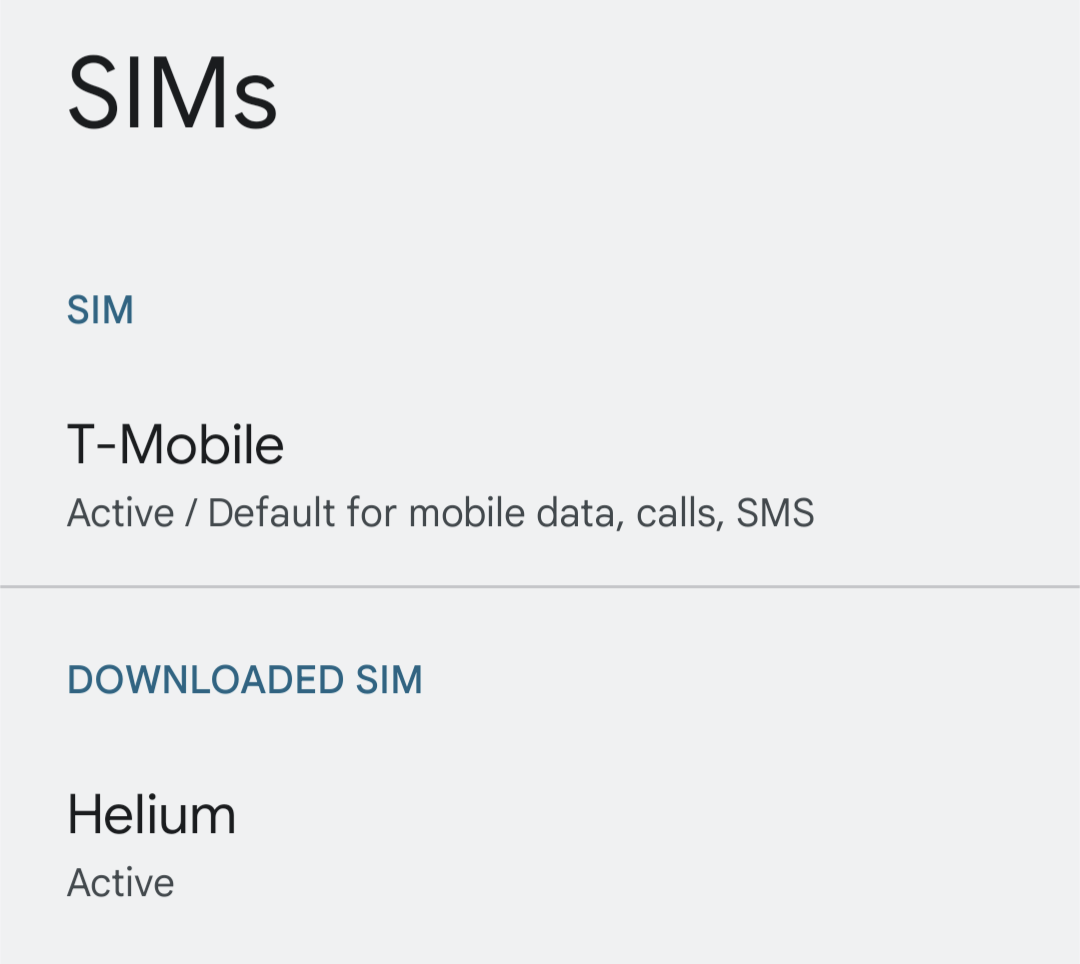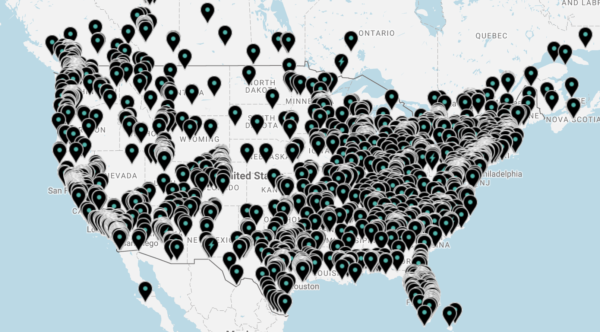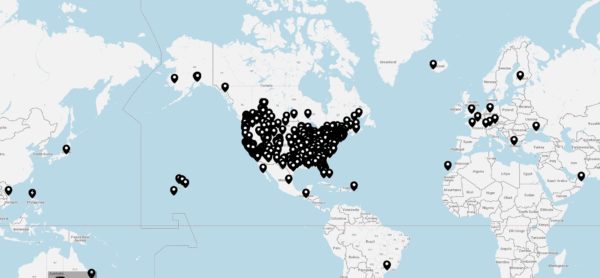I have written about net neutrality frequently here at AVC. I believe that for as long as we have local monopolies and duopolies for last mile broadband internet in most parts of the US, we need our federal government to actively reign in the broadband providers from doing things that are anti-innovation, anti-consumer, and pro-big business. For much of the last decade, the internet crowd has been a force to be reckoned with on this issue and we fought for and won good net neutrality rules that were put in place and defended in court. If you are a long time reader of AVC, you heard me advocating for and celebrating these wins.
The times have changed. We have a pro-big business team in the White House and at the FCC who are hell-bent to overturn those hard fought for net neutrality rules. We should fight them in these efforts, just like we have fought for these rules at every turn. Here are some things you can do:
But even as we fight for net neutrality, we also should be investing heavily in efforts to reduce our society’s reliance on the big cable and telcos for our broadband internet. That’s the core problem here.
So, in addition to fighting for net neutrality, here is what you should be doing:
- Don’t use an ISP who won’t commit to following basic net neutrality rules if you have a choice. Our portfolio company Tucows has a subsidiary called Ting that provides fiber broadband in some parts of the country and they are committed to following basic net neutrality rules no matter what the law says. Use an ISP like that if you can.
- Report abusive behavior and business practices by your ISP to the FCC. This will become even more important if the FCC overturns net neutrality.
- Join a mesh network or multiple mesh networks. Peer to peer wireless is our best long-term solution to the monopoly/duopoly issue.
- Look for blockchain projects that are seeking to solve the mesh networking issue and support them. The token-based incentive business model is a powerful way to bootstrap p2p mesh networks. This piece from 2015 explains that well.
I believe that technology is ultimately a better solution than regulation to market failures like the monopoly/duopoly issue in last mile broadband and I am confident that we will get the technology to solve it soon enough (certainly in my expected lifetime). But until that happens, regulation is a good tool to keep things moving in the right direction. That’s why I have supported net neutrality and will continue to support it until the technology arrives in the mass market to address the underlying problem.




